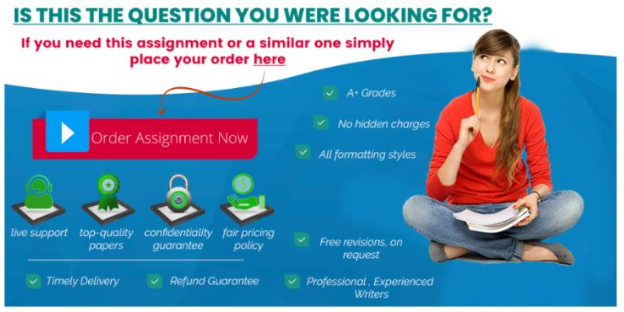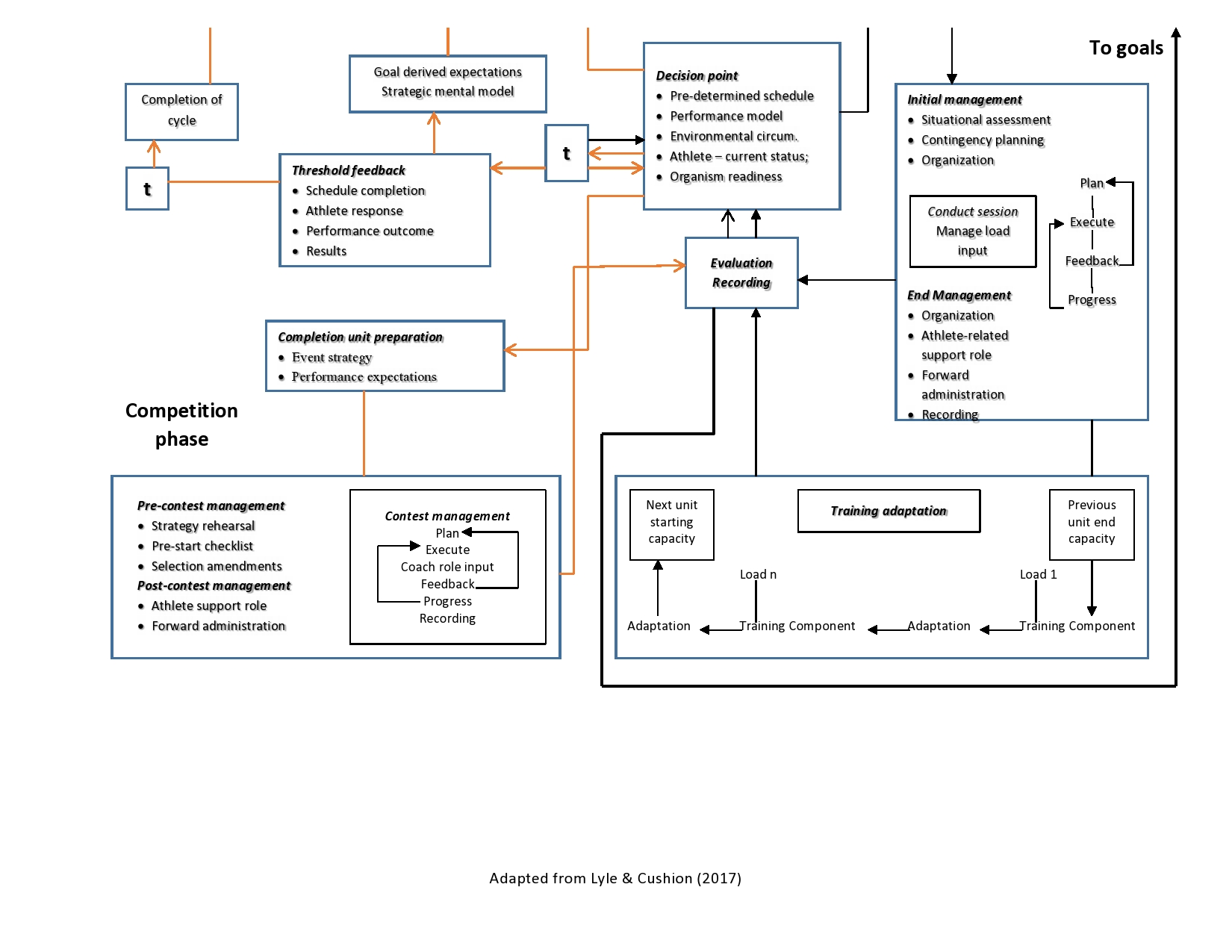One way that “Unconditional Positive Regard” can be viewed is that counselors accept clients’ behavior and decisions, no matter what – even if they disagree with them. How does a counselor show unconditional positive regard while still maintaining ethical standards, particularly in regards to mandated reporting? 200 words
Unconditional positive regard (UPR), a concept introduced by Carl Rogers, means that counselors accept and respect clients without judgment, regardless of their behaviors or decisions. However, maintaining UPR while adhering to ethical standards, particularly mandated reporting laws, requires a delicate balance. Counselors must create a safe and nonjudgmental space for clients while also upholding legal and ethical obligations to protect individuals from harm.
Unconditional Positive Regard
One way to achieve this balance is through transparency. At the beginning of therapy, counselors should inform clients about confidentiality limits, including the duty to report abuse, neglect, or harm to self or others. This sets clear expectations while reinforcing the counselor’s role as a supportive and ethical professional.
When mandated reporting becomes necessary, counselors can still demonstrate UPR by showing empathy and validation. Instead of expressing disapproval, they can acknowledge the client’s experiences and emotions while explaining the legal and ethical necessity of reporting. Using compassionate language, they can reassure clients that the report is meant to ensure safety rather than punishment.
Ultimately, unconditional positive regard does not mean agreeing with harmful behaviors but rather valuing the individual while upholding professional responsibility. Ethical integrity and genuine care can coexist when counselors communicate with honesty, empathy, and respect.
Unconditional positive regard (UPR), a concept introduced by Carl Rogers, means that counselors accept and respect clients without judgment, regardless of their behaviors or decisions. However, maintaining UPR while adhering to ethical standards, particularly mandated reporting laws, requires a delicate balance. Counselors must create a safe and nonjudgmental space for clients while also upholding legal and ethical obligations to protect individuals from harm.
One way to achieve this balance is through transparency. At the beginning of therapy, counselors should inform clients about confidentiality limits, including the duty to report abuse, neglect, or harm to self or others. This sets clear expectations while reinforcing the counselor’s role as a supportive and ethical professional.
When mandated reporting becomes necessary, counselors can still demonstrate UPR by showing empathy and validation. Instead of expressing disapproval, they can acknowledge the client’s experiences and emotions while explaining the legal and ethical necessity of reporting. Using compassionate language, they can reassure clients that the report is meant to ensure safety rather than punishment.
Ultimately, unconditional positive regard does not mean agreeing with harmful behaviors but rather valuing the individual while upholding professional responsibility. Ethical integrity and genuine care can coexist when counselors communicate with honesty, empathy, and respect












